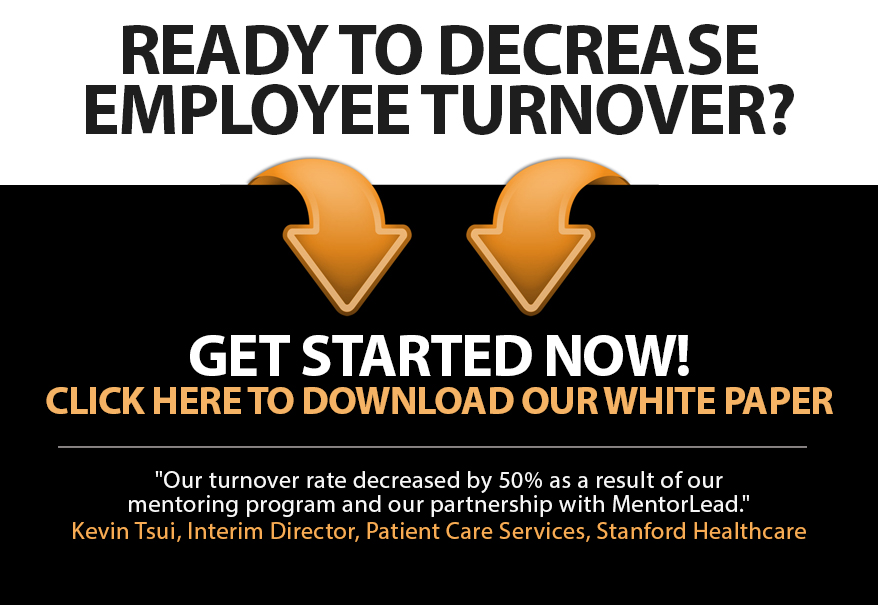| My courageous, adventurous stepson Jack is moving across the country to serve in AmeriCorps.
Preparing for our own move, my husband and I have been zealously decluttering and purging.
And as the pile of stuff to be donated mushrooms, I realized that Jack could use a lot of it – AmeriCorps pays a stipend and he’s never lived on his own.
My immediate instinct was to retrieve from the pile everything that I think Jack will need.
And then I recalled one of the key strategies to giving someone advice: grant them permission to take what they need and leave the rest.
My pile of hand-me-down housewares is like sage advice: earned, enjoyed, and worthwhile… from my perspective, not necessarily from Jack’s.
Giving advice, while grounded on altruism, risks being received as judgment and criticism.
But when we offer advice like an option, we allow the advice receiver the power to choose or reject our advice, and we acknowledge that they might need to take a different path than ours.
So instead of handing him things, I offered Jack the opportunity to sort through the pile before I headed to Goodwill. I said, “When I moved out on my own, I was grateful for anything I didn’t have to spend money on. Take what you need and leave the rest.” And then I walked away.
As soon as I let go of the need to impose my advice (my hand-me-down housewares) on Jack, I could focus on conveying a more important message: he’s in charge of his own success.
Whether we are offering advice as a leader, a mentor, or a parent, we can make a bigger difference if we remember that people may or may not benefit from our advice. But they’ll always appreciate our confidence in their ability to choose their own path.
Take what you need. Leave the rest. |



